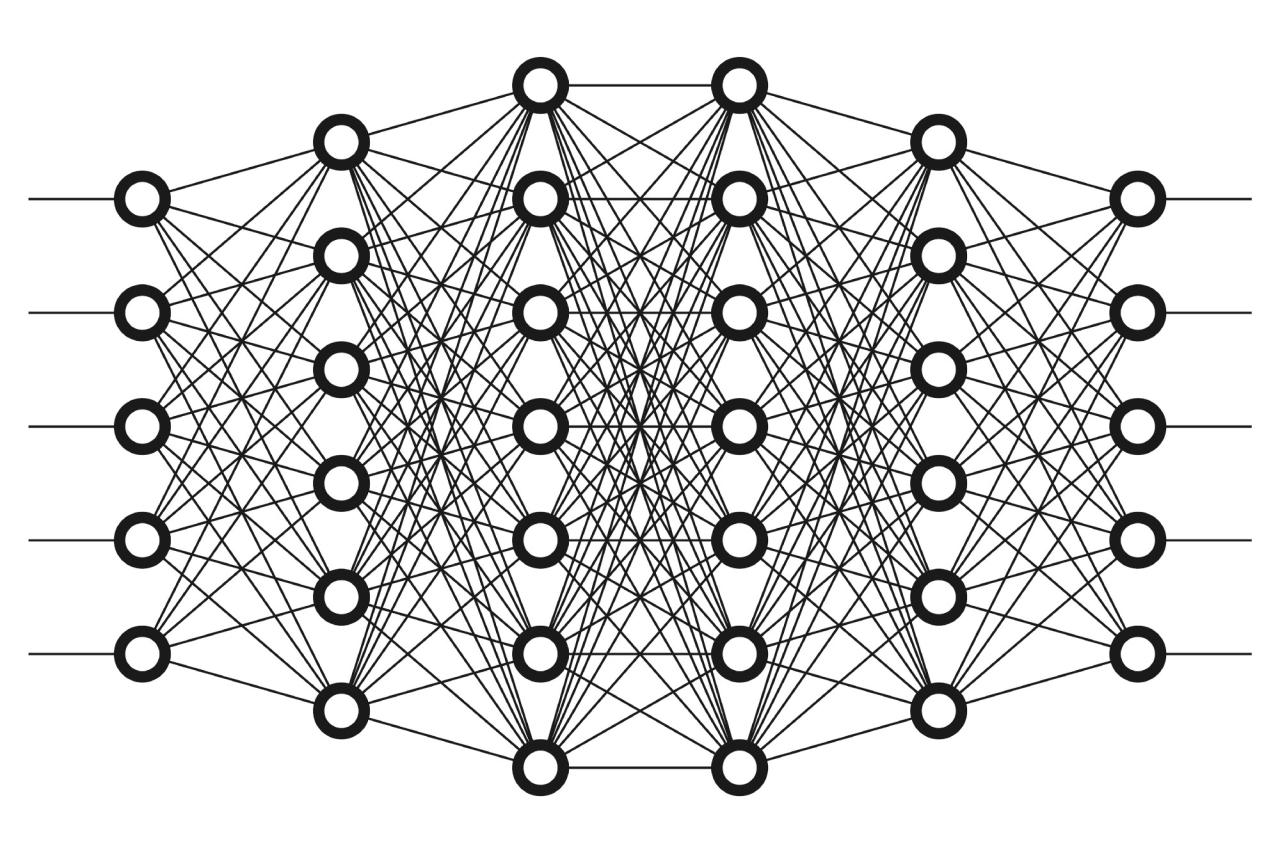
Neural Networks
Neural networks are a subset of machine learning and are at the heart of deep learning algorithms. They are designed to recognize patterns and make predictions based on data, much like the human brain does.
How Neural Networks Work
Neural networks are made up of layers of interconnected nodes, or neurons. Each neuron receives input from other neurons and uses it to calculate an output. The connections between neurons are weighted, and the weights determine how much influence each input has on the output.
The network learns by adjusting the weights of the connections based on the errors it makes. The goal is to minimize the error between the network’s output and the desired output. This process is called backpropagation.
Types of Neural Networks
There are many different types of neural networks, but the most common are:
- Feedforward neural networks: These networks have a simple architecture where the data flows in one direction from the input layer to the output layer.
- Recurrent neural networks (RNNs): These networks have loops that allow information to flow back through the network, which makes them suitable for processing sequential data such as text or time series.
- Convolutional neural networks (CNNs): These networks are designed to process images and other grid-like data. They use filters to extract features from the data.
Applications of Neural Networks
Neural networks have a wide range of applications, including:
- Image recognition
- Natural language processing
- Speech recognition
- Machine translation
- Predictive analytics
- Medical diagnosis
Benefits of Neural Networks
Neural networks offer several benefits, such as:
- High accuracy: Neural networks can achieve high levels of accuracy on complex tasks.
- Generalization ability: Neural networks can generalize well to new data, even if it is different from the data they were trained on.
- Robustness: Neural networks are relatively robust to noise and outliers in the data.
Limitations of Neural Networks
Neural networks also have some limitations, such as:
- Computational cost: Neural networks can be computationally expensive to train, especially for large datasets.
- Interpretability: It can be difficult to understand how neural networks make decisions.
- Data requirements: Neural networks require large amounts of data to train effectively.
Conclusion
Neural networks are powerful machine learning algorithms that have a wide range of applications. They are capable of learning complex patterns and making accurate predictions. However, they can also be computationally expensive and difficult to interpret.


